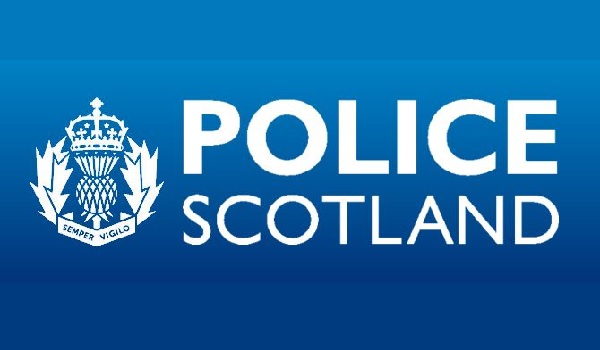WMPs close work with NABIS reduces firearms offences
Despite abandoning its use of gunshot location technology, which had not proved as accurate as was hoped, West Midlands Police has seen firearms offences across the region fall dramatically over the past ten years.

Despite abandoning its use of gunshot location technology, which had not proved as accurate as was hoped, West Midlands Police has seen firearms offences across the region fall dramatically over the past ten years.
Between April 1, 2011 and March 31, 2012, there were 165 offences involving a firearm where the weapon was used to cause injury. However, many of these offences involved air weapons or BB guns, meaning only around 40 offences involved lethal firearms.
During the same period in 2002/03 there were 415 offences of gun crime violence causing injury.
The force was the first in the UK to deploy US-style gunshot sensors to help cut gun crime, but with the two-year pilot of Project Safe and Sound coming to an end last year, Birmingham Community Safety Partnership voted not to continue using the ShotSpotter Gunshot Location System.
The chief constables report at the time highlighted that although feedback suggested there was a perception that gun crime was reducing, there was uncertainty as to whether the installation and activation of the ShotSpotter system was actually responsible for this, or alternatively simply contributed to a wide variety of policing and community tactics aimed at reducing gun crime, such as the Multi-Agency Gang Unit, Birmingham Reducing Gang Violence and mediation services.
The force believes one of the biggest factors in reducing gun crime over the past ten years has been the creation of the National Ballistics Intelligence Service (NABIS).
NABIS was created to provide an intelligence service that allows law enforcement agencies across the UK to quickly solve crimes involving firearms.
Using cutting-edge technology, the NABIS forensic scientists can connect incidents nationwide where ballistic material is recovered from scenes of crime.
The intelligence gathered is then used to identify the few individuals who actively import, store and supply illegal firearms and to track down the people involved in illegally converting or adapting firearms.
Superintendent Joanne Chilton, who leads the West Midlands Police Gangs and Organised Crime Unit, said: We work very closely with our colleagues at NABIS to identify both firearms and the criminals who use them.
Since NABIS was created our firearms investigations have been more focused and it has become easier for us to identify which weapons cause us the greatest risk.
With this intelligence we can then focus our resources on the firearms that pose the biggest threat in the West Midlands and target the importation of those weapons.
There are currently four state-of-the-art hubs used by the NABIS forensic scientists in the UK to link bullets and cartridge cases to crime scenes.
Once matches are made by the forensic teams, the information is passed to the intelligence cell which is responsible for developing and sharing the intelligence.
The intelligence cell ensures that once a ballistic connection has been made that the intelligence is prepared and disseminated to the relevant police forces and law enforcement agencies.
A key tool which has made sharing the intelligence simple is the national database. The database was created in 2008 to keep a record of all recovered firearms and ballistic material coming into police possession. This includes items such as complete rounds of ammunition, cartridge cases and projectiles.
Clive Robinson, head of Knowledge and Communications for NABIS, explains: The database is an extremely powerful tool which links ballistics items to tactical intelligence recorded by police forces and other UK Law enforcement agencies.
It is able to track a ballistic item from the moment it is recovered to the moment it is eventually destroyed after any relevant investigations and/or proceedings have been completed.
Police officers investigating a firearms incident are able to see at the touch of a button what information or intelligence is available relating to any ballistic items recovered as a


